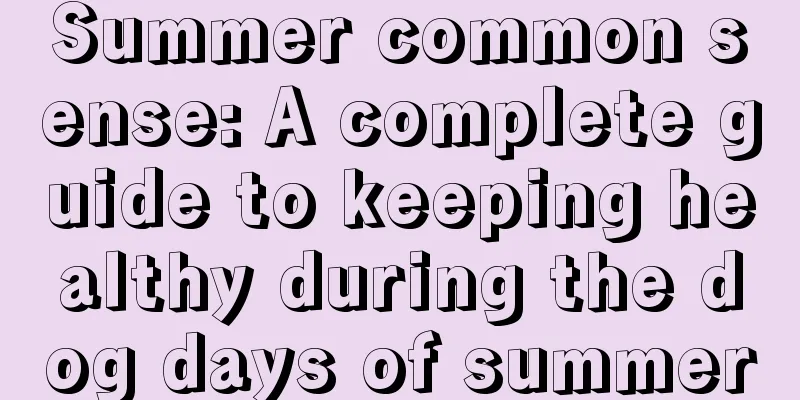Does renal hamartoma require nephrectomy? In two cases, renal hamartoma requires nephrectomy

|
Renal hamartoma is a benign tumor caused by abnormal proliferation of blood vessels, smooth muscle and mature adipose tissue, also known as renal angiomyolipoma. Whether renal hamartoma requires kidney removal depends on the specific condition. Smaller renal hamartomas do not require treatment and can be closely observed. When the tumor is large or compresses surrounding organs and tissues, surgical resection of the kidney is required. Renal hamartoma, also known as renal angiomyolipoma, is a benign tumor composed of abnormally proliferating blood vessels, smooth muscle and adipose tissue in different proportions. Hamartoma can occur not only in the kidneys, but also in the brain, eyes, heart, lungs, bones and other parts. In the past, renal hamartoma was considered a rare disease. In recent years, with the development of medical imaging and people's attention to health examinations, its detection rate has gradually increased. Renal hamartoma is more common in middle-aged people, and the onset also shows gender differences, with the incidence rate in women significantly higher than that in men. Renal hamartoma is not easy to detect in the early stages and is often discovered during physical examinations or treatment of other diseases. Ultrasound and CT examinations are commonly used to diagnose renal hamartomas clinically. Once a renal hamartoma is diagnosed, an appropriate treatment plan should be selected based on the size, location, and presence or absence of rupture and malignant tendency of the tumor. Under what circumstances is kidney resection required? 1. When the size of a renal hamartoma is too large, partial or complete kidney removal is required. A tumor with a diameter of more than 10 cm is considered a giant hamartoma and requires surgical resection of the kidney. Once a giant renal hamartoma ruptures, it may cause massive bleeding or even death, so it needs to be taken seriously. 2. Kidney removal is also required when renal hamartoma severely compresses surrounding tissues and blood vessels. Renal hamartoma compressing surrounding organ tissues can cause corresponding symptoms, such as digestive discomfort when compressing the duodenum and stomach. When the tumor compresses blood vessels, it may also cause blood vessel rupture and cause heavy bleeding. When renal hamartoma involves lymph nodes or even tumor thrombi invade large veins, it indicates that the hamartoma has a malignant tendency and requires immediate radical nephrectomy. The above are two situations in which renal hamartoma requires nephrectomy. The principle of clinical treatment of renal hamartoma is to preserve renal function as much as possible. If both kidneys are diseased, nephrectomy cannot be performed and hemodialysis or renal transplantation is required. |
<<: How to prevent bladder cancer
>>: How to prevent bladder cancer
Recommend
What are the disadvantages of tourmaline steam room?
With the improvement of people's living stand...
What vegetables to eat to prevent lung cancer
There are many ways to prevent lung cancer. In ad...
What is the usage and dosage of polyene phosphatidylcholine injection
When suffering from liver diseases, such as chron...
Should I take CT or X-ray for a fracture
After a fracture occurs, first aid measures shoul...
How to preserve sea crabs to keep them fresh
The nutritional value of sea crabs is relatively ...
How can men self-diagnose prostate cancer? There are 4 situations that may indicate that the prostate is becoming cancerous
The prostate is particularly important to men, an...
How to prevent lung cancer? Several effective ways to prevent lung cancer
Cancer is generally a difficult disease to treat....
What are the clinical manifestations of prostate cancer
In recent years, prostate cancer has been a major...
Homemade lip scrub, two rare types
In dry seasons, lips are most likely to become dr...
Treating skin cancer by dispelling wind and nourishing blood
The pathogenesis of skin cancer is blood deficien...
Can skin cancer be passed down to the next generation?
Will skin cancer be inherited by the next generat...
What is the normal lung capacity of the human body
Many people have probably had to do a lung capaci...
The role and efficacy of tranexamic acid
Tranexamic acid has the effect of whitening, and ...
My left leg and buttocks are always sore
The constant pain in the left leg and buttocks ma...
The difference between closed paint and open paint
Nowadays, every house needs to be renovated. Duri...









